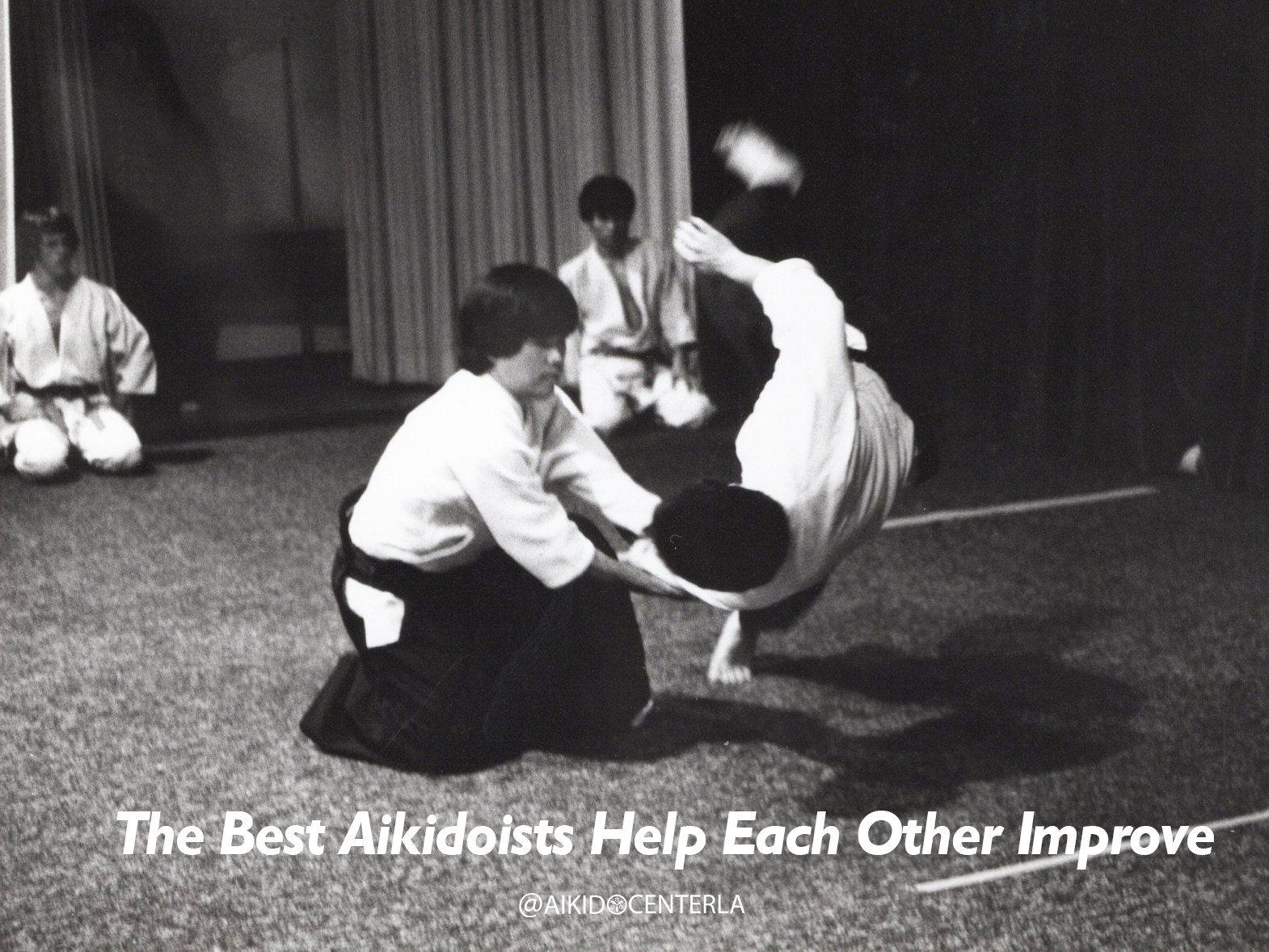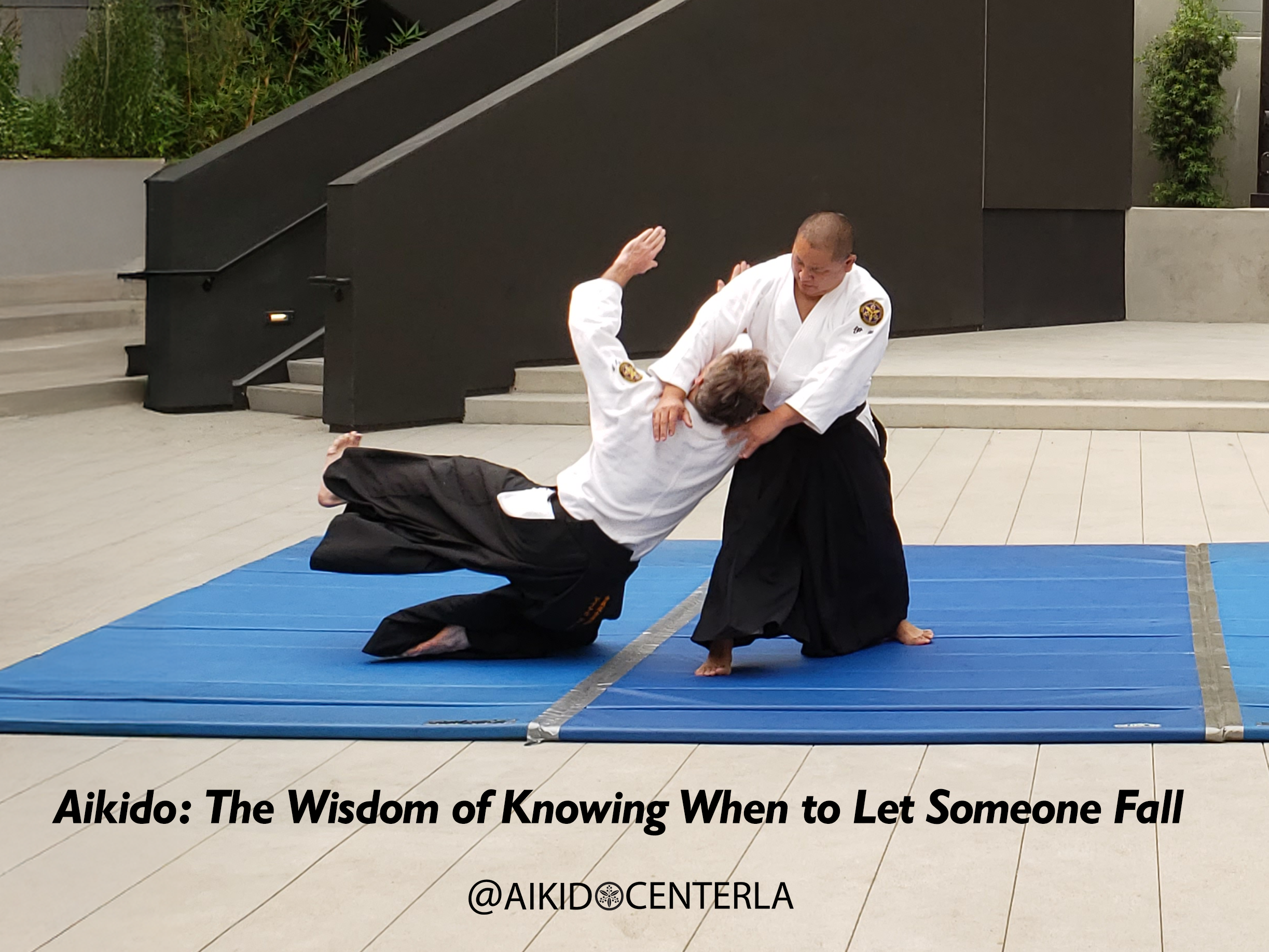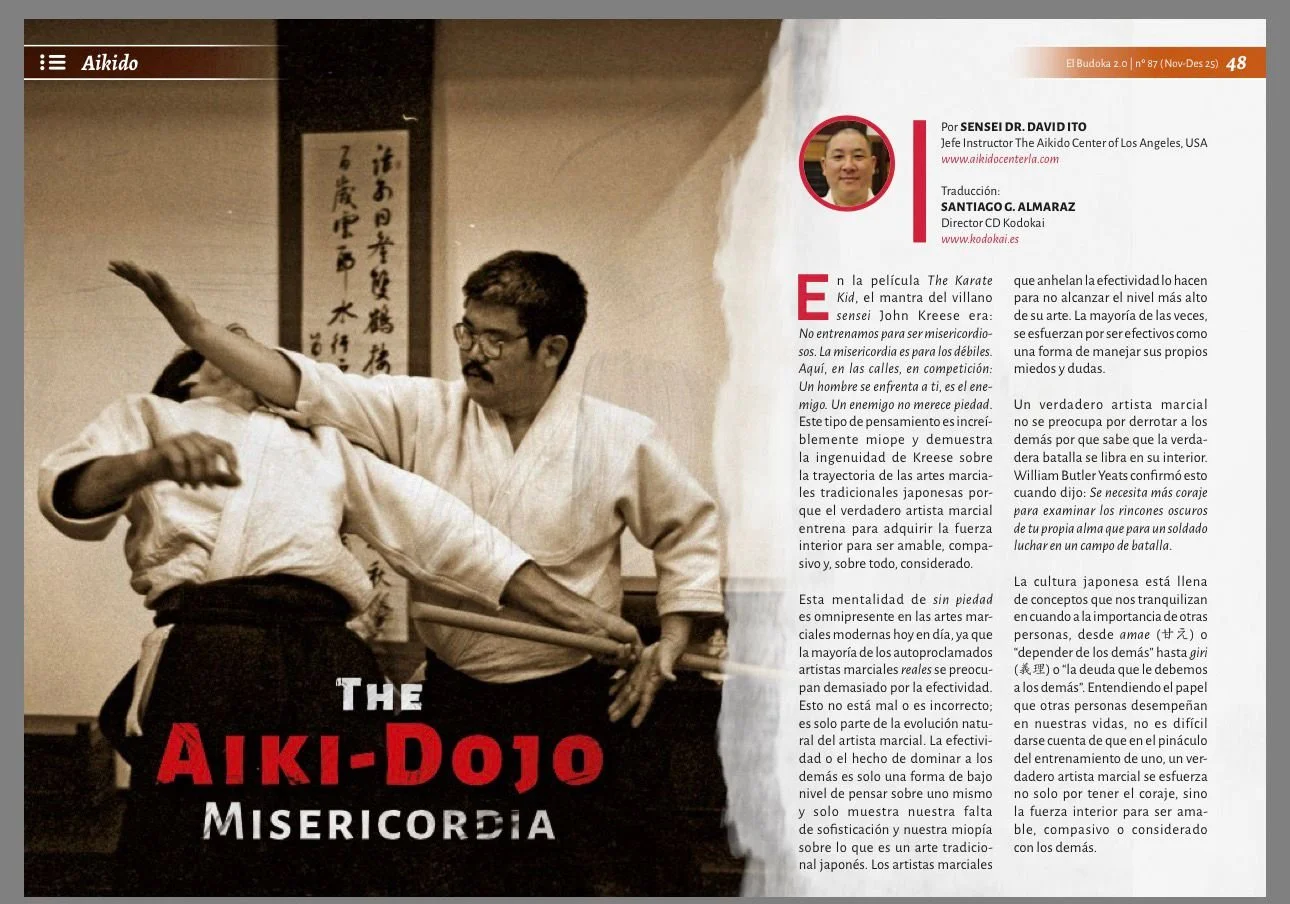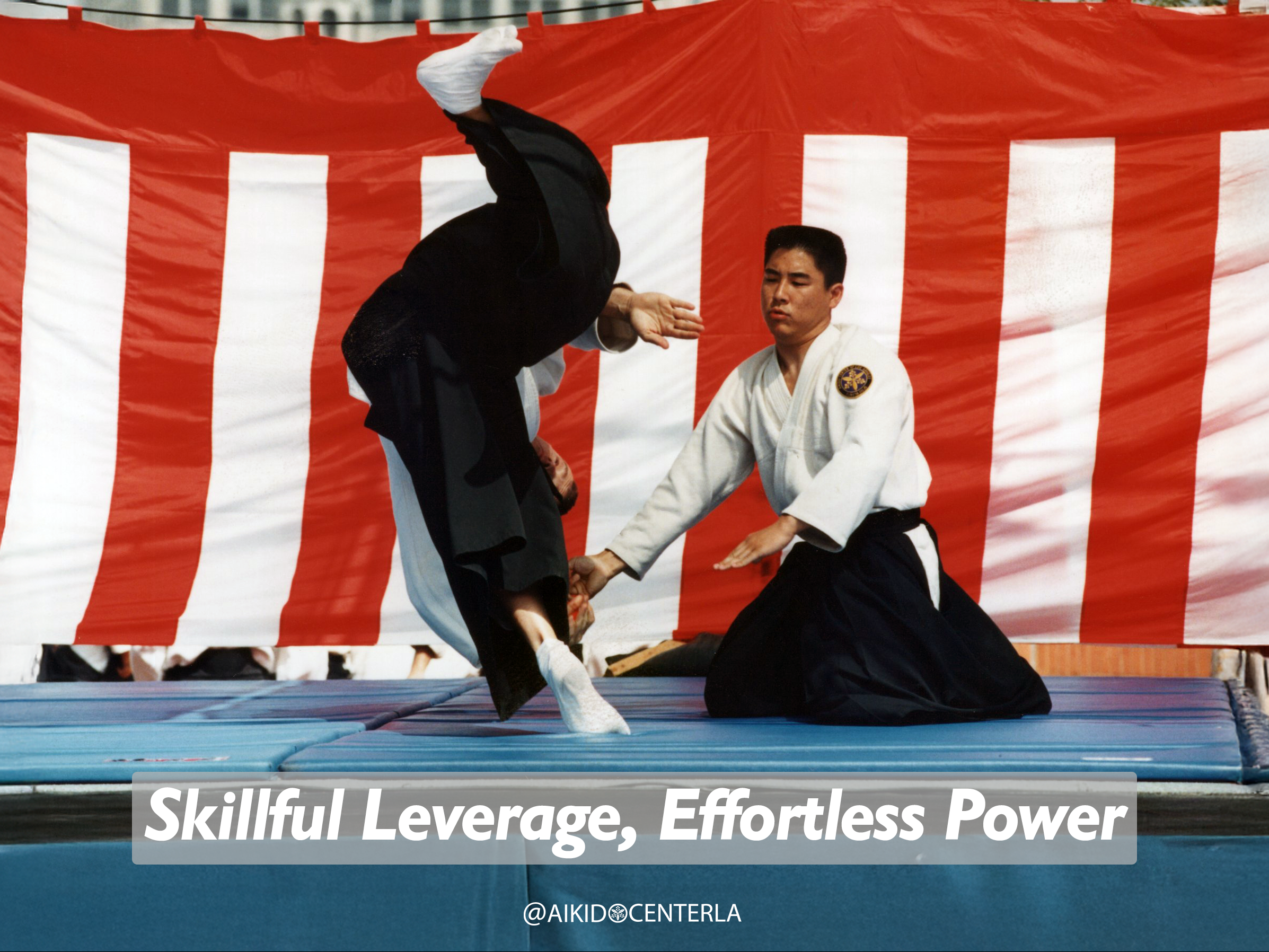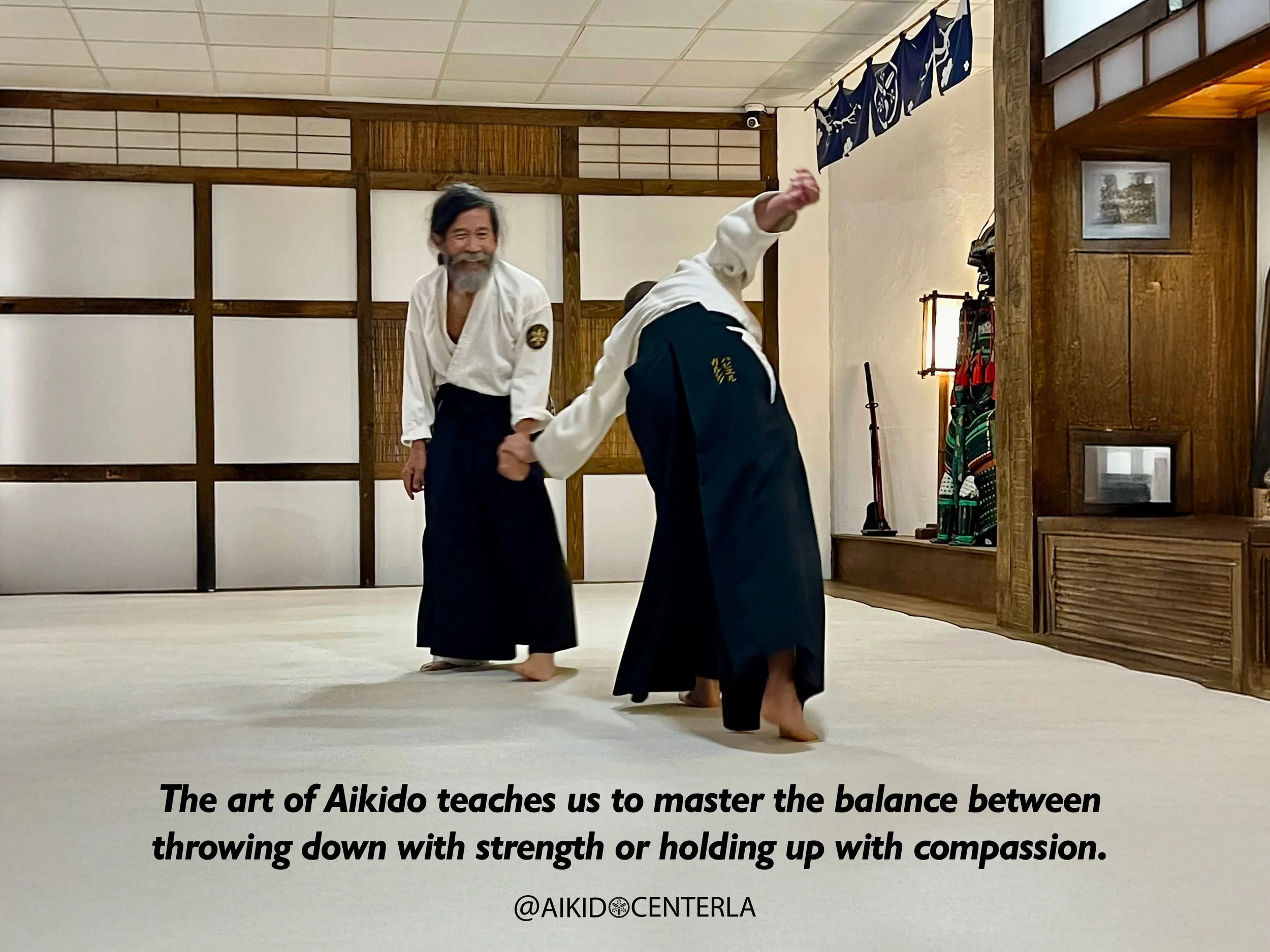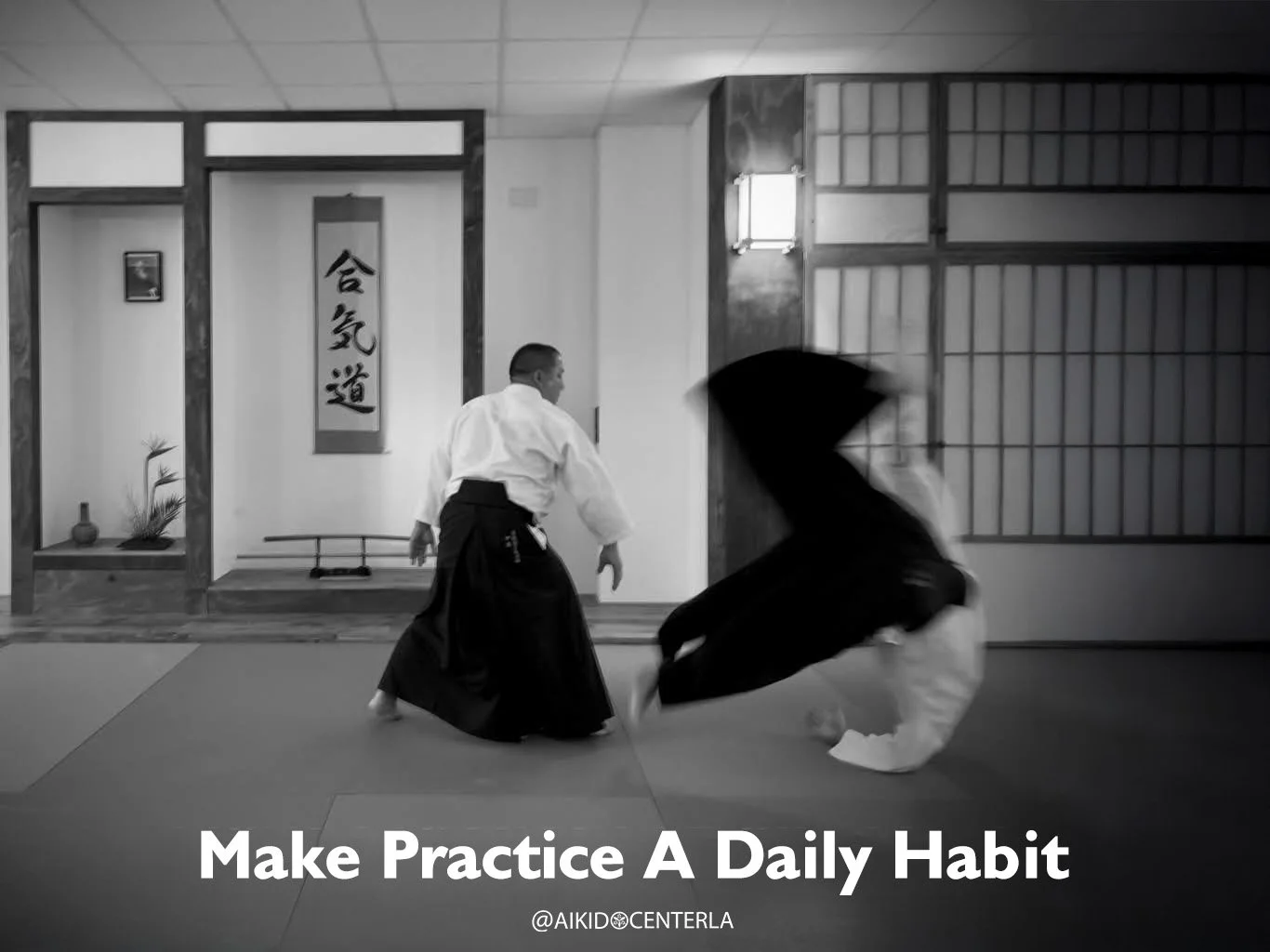Editor’s note: This article was translated by Santiago Almaraz Sensei and originally appeared in the November 1st issue of the Spanish language magazine El Budoka 2.0.
In The Karate Kid movie, the villainous sensei John Kreese’s mantra was, “We do not train to be merciful. Mercy is for the weak. Here, in the streets, in competition: A man confronts you, he is the enemy. An enemy deserves no mercy.” This type of thinking is incredibly short-sighted and demonstrates Kreese’s naiveté about the trajectory of Japanese traditional martial arts because the true martial artist trains to acquire the inner strength to be kind, compassionate, and, most of all, considerate.
This “no mercy” mentality is pervasive in modern martial arts today as most self-proclaimed “real” martial artists overly concern themselves with effectiveness. This is not bad or wrong; it is just part of the natural evolution of the martial artist. Effectiveness or dominating others is just a low-level way to think about oneself and just shows our lack of sophistication and our shortsightedness about what a Japanese traditional art is all about. Martial artists who crave effectiveness do so not to reach the highest level of their art. Most times, they strive for effectiveness as a way to manage their own fears and self-doubts.
A true martial artist does not concern themselves with defeating others because they know that the real battle rages within. William Butler Yeats confirmed this when he said, “It takes more courage to examine the dark corners of your own soul than it does for a soldier to fight on a battlefield.”
Japanese culture is filled with concepts that reassure us of the importance of other people from amae (甘え) or “depending on others” to giri (義理) or “the debt we owe others.” Understanding the role that other people play in our lives, it is not hard to realize that at the pinnacle of one’s training, a true martial artist strives to not only have the courage but the inner strength to be kind, compassionate, or considerate of others.
This idea of thinking about others can be seen in what a Japanese swordsman trains to do: perfect one’s cut so that it kills with only one cut. Although effectiveness is the process, the real goal is to be merciful. This harkens back to the Japanese cultural idea of being considerate as it was thought that hacking away at someone until they eventually die would cause them undue pain and suffering. Thus, to give them mercy, they eliminate them with only one cut. Also, it is thought that killing is bad despite it being a samurai’s job. Furuya Sensei once wrote: “It is said that there is a special hell where warriors who die a violent death in battle go to which is a kind of hell called Ashura (阿修羅). From this scene, many famous poems were written. One line from a great poem is ‘all that is left of these brave warriors.’ And another line is ‘warriors are indeed a sad lot!’ What this means is that warriors should never glorify themselves because their job is the killing of others and it is not a job to be proud of because it will always lead them to Ashura.”
Thinking about one’s opponent is a constant concern for the samurai. This is because to the samurai, there is no difference between they and them. Both were cut from the same cloth. What they had to do to train themselves to face us is the same process that we had to endure to face them. So there is some sympathy for one’s opponent because of the shared suffering. So much so that the samurai begins to revere their opponent.
Furuya Sensei used to tell this story about how some samurai would burn incense before battle and let the smoke waft and build up in their helmets just before putting it on. They supposedly did this so that if they fell in battle, their victor would get a small reward when they took off their opponent’s helmet after cutting off their head. The reward was the “fragrance” or keikou (馨香) and was a momentary respite from the blood, guts, and carnage of fighting. It was a kind of a little inside joke or pun between the two because the fragrance smells nice but the word keikou can also mean “honor,” or “fame.”
Effectiveness is about doing something to others while being considerate is about doing something for others. Both are prepositions but "to" often shows movement towards while "for" usually means an action on behalf of someone else. When talking about being considerate, Furuya Sensei once also wrote about something called ryoushin (良心). He wrote, “One of the many things we must maintain throughout our training is called ‘ryoushin' which means ‘good mind.’ Of course, our practice is directed towards developing ourselves physically, mentally and spiritually in the art of Aikido, but there is one more consideration which must never be forgotten. "Good mind” means that we must always think and work for the sake of others. First of all, this means to be kind and considerate to our teachers and classmates on and off the mats. But eventually, we must extend this "good mind” to our family and friends and co-workers and then to strangers and all those all around us. Ultimately, we must express this to the whole world and all living sentient creatures and beings. We emphasize modesty and humility in our practice, but some students do not appreciate the spiritual aspects of the art and look at others as objects or toys to be played with, no considerate of the feelings of others.”
Trying to explain ryoushin, Furuya Sensei called it “good mind” but its dictionary definition is “conscience.” The conscience is “an inner feeling or voice viewed as acting as a guide to the rightness or wrongness of one's behavior.” Thus at the pinnacle of one’s training, a true martial artist strives to be kind, compassionate, or, at the very least, considerate of others because they have a conscience and have discovered their humanity through training. The Japanese culturally believe in being considerate and putting others before themselves so much that there is even an old idiom: keieiichinyo (形影一如) which means that “a person's deed mirrors the good or evil of their mind.”
We all want to be effective but that shouldn’t come at the expense of others. Anyone can beat someone up - it takes no training. Only a true martial artist can have the inner strength to give kindness, mercy or compassion especially when they are being attacked. Hurting others or being considerate shows our true real character. Those who are unable to be considerate demonstrate to us who they really are. Being considerate, especially when someone doesn’t deserve it, is the greatest gift we can give to not only others but to ourselves as well. That is because kindness, compassion, and forgiveness is truly what all of us really want - ourselves included.
